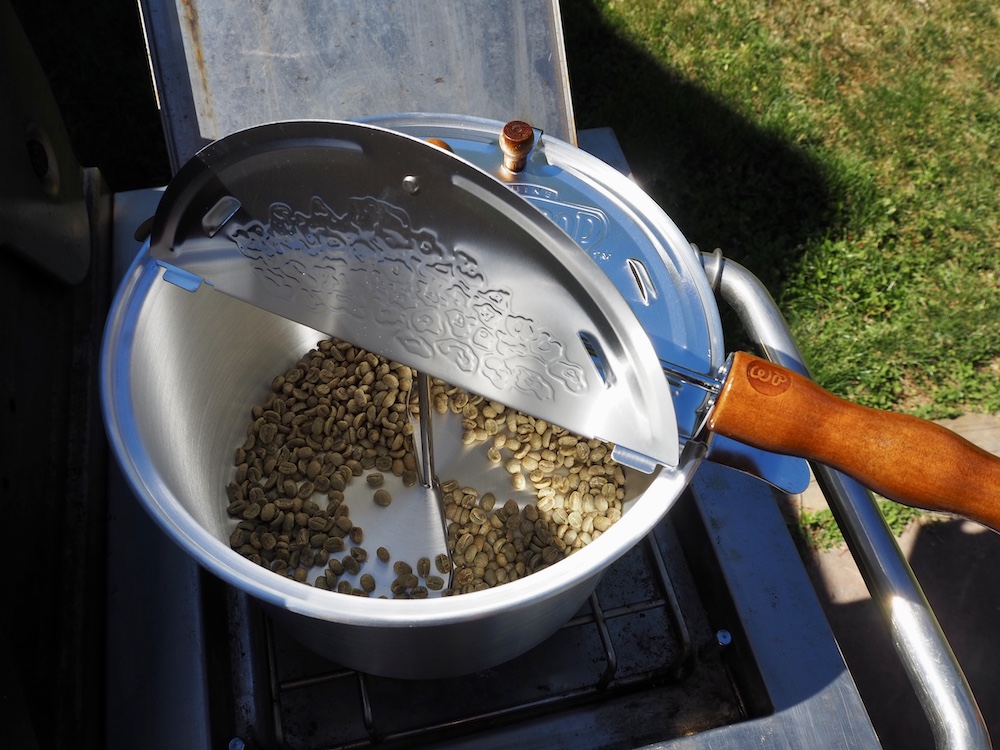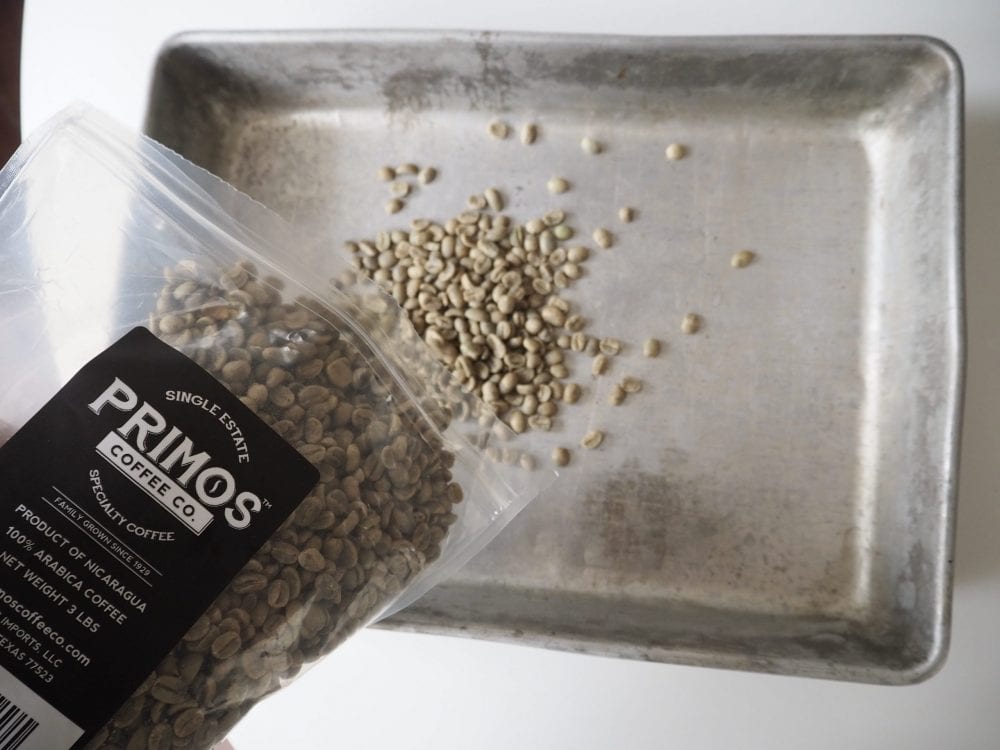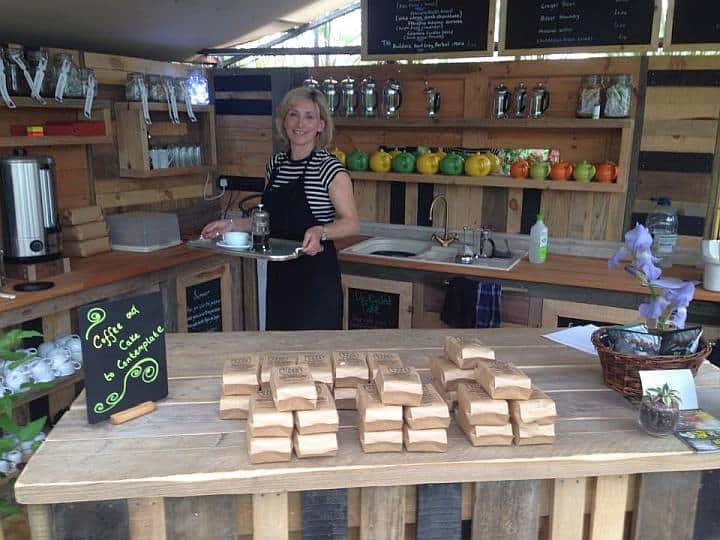
Roasting coffee isn’t easy. It takes years of training and practice, a keen culinary sense, and expensive, temperamental equipment to roast an excellent batch of coffee, so it is no surprise that sometimes things go wrong. Operator errors, equipment malfunctions, or a bad batch of beans can all derail the roasting process and leave the roaster with an underwhelming bag of coffee that will be difficult to sell. The best roasters avoid giving themselves a bad reputation by only selling properly roasted coffee and quickly correcting any mistakes they make during the roasting process.
Whether you’re a roaster or a consumer, being able to spot a bad batch of coffee is an essential skill. Roasters need to be able to identify roasting defects so they can correct the errors in subsequent batches. Customers can tell if a roaster is worth ordering from again if they can diagnose roasting defects in the bags they buy. In this article, we’ll give you a brief rundown of the most common roasting defects, covering what causes them and how you can learn to spot them quickly and easily.

Top 5 Common Coffee Roasting Defects:
1. Underdevelopment

One of the easiest roasting defects to detect is underdevelopment. As you can probably guess from the name, underdeveloped beans are under roasted and still partially green. You can think of underdeveloped beans as undercooked food.
Visually, underdeveloped beans might have a light color or even a green hue in extreme cases. Beans can be underdeveloped without a light color, so you have to taste the coffee to be sure. Coffee made with underdeveloped beans will taste grassy with very low acidity.
Underdevelopment is most often seen in light roasts when the roasting process was halted too soon. Sometimes a bean will look roasted on the outside but still be underdeveloped because the internal temperature didn’t have enough time to rise before the roasting was finished.
2. Overdevelopment

It doesn’t take a rocket scientist to figure out that the opposite of underdevelopment is overdevelopment. You can probably also guess that overdevelopment occurs when coffee beans are roasted for too long. Continuing the contrast with underdevelopment, overdevelopment happens most often when trying to achieve a dark roast profile.
Overdeveloped beans will taste smoky and ash-like and are extremely dark-colored and oily. Some overdeveloped roasts will taste burnt and bitter regardless of how they’re brewed. Bitter coffee isn’t always a roasting defect, however, and a bitter taste could be a sign of over-extraction during the brew.
3. Scorching

Scorching is a roasting defect that is easily identifiable by just looking at the beans. When scorching has occurred, some beans will be burnt and blackened on at least one side but often both sides. A key feature of scorching is a mix of normal-looking and scorched beans which distinguishes scorching from overdevelopment.
If the roaster’s initial temperature is too high and the drum isn’t rotating quickly enough, some beans will spend too long in contact with the hot drum without moving. Prolonged contact with the hot surface burns—or scorches—the outside of the bean.
Scorched beans are oily and smoky like overdeveloped beans, but to a lesser extent due to the presence of unscorched beans in the mix.
A less common cause of scorching is using too many beans in a single batch. An overfilled roaster will inhibit the beans’ ability to shift and tumble and increase the odds that some will be scorched.
4. Tipping

Unlike the previous defects covered so far, tipping is somewhat of a mystery. Tipping is similar to scorching, with the only difference being where the burn marks appear on the bean. Scorched beans have burnt patches on the bean’s flat sides, while tipped beans exhibit burns on the thin edges of the bean.
There are several possible explanations for tipping. Some people believe tipping is caused by a high initial temperature similar to scorching, but others blame misshapen or oddly-shaped beans or problems with airflow inside the roaster. Unfortunately, this is an open question, and no definitive mechanism for tipping has been identified yet.
Coffee brewed with beans exhibiting the signs of tipping taste almost identical to scorched beans and have a similar burnt, harsh flavor.
5. Baked Coffee Beans

Despite what it might sound like, baked coffee beans are not ingredients in a delicious dessert. No, baked coffee beans are a roasting defect that can be almost impossible to identify visually. Usually, one can only tell a batch has been baked by brewing coffee with the beans and tasting it. Baked coffee tastes malty and bread-like in an unpleasant way and, in extreme cases, can have a papery taste.
Baking occurs when the roaster’s temperature takes too long to rise, resulting in a long, slow roast. The name baking is appropriate because it mirrors how food is baked, usually at lower temperatures for extended amounts of time. For coffee to be roasted effectively, the roaster needs to quickly reach the peak temperature, where it stays for a relatively short amount of time. Most roasts take only between 15 and 20 minutes.
It’s best to avoid baking coffee beans if you can by keeping the initial rise in temperature fast and the roast time in the window of 15 to 20 minutes.
Featured Image Credit: Jonathan Sanchez, Unsplash















